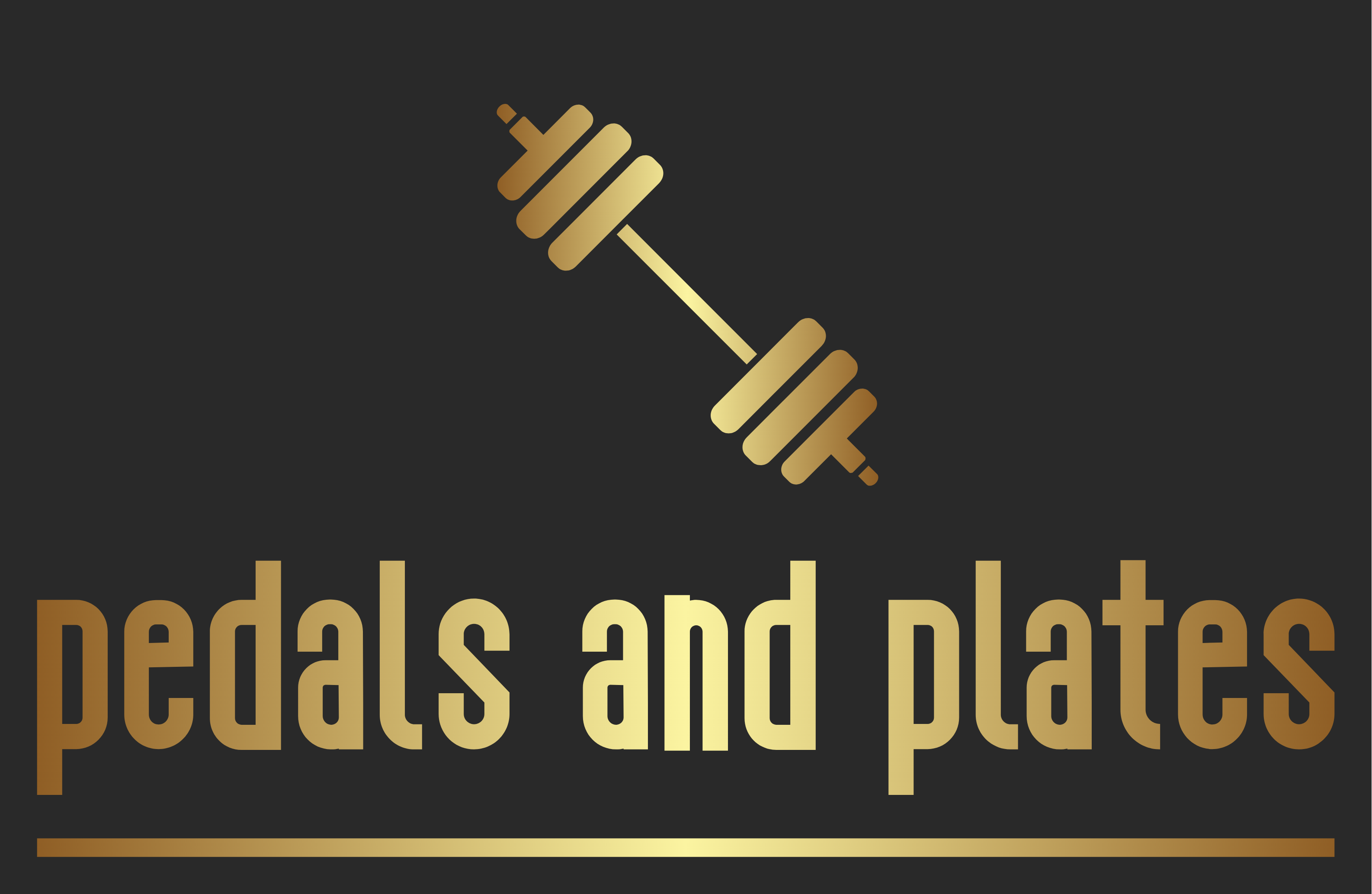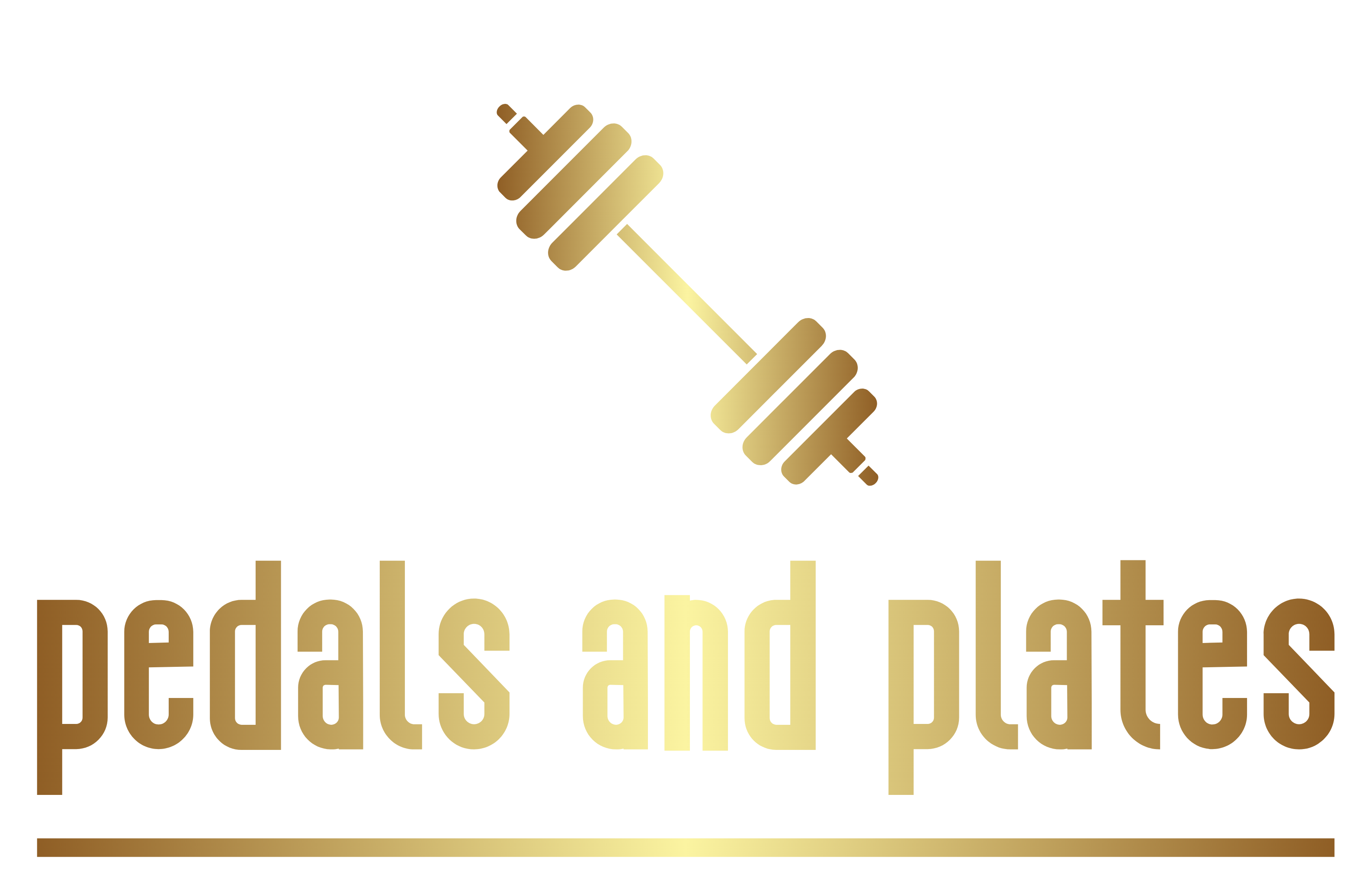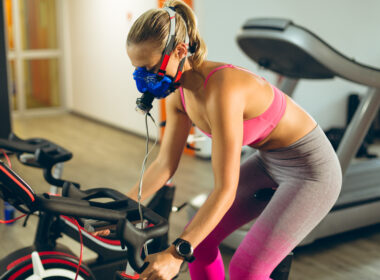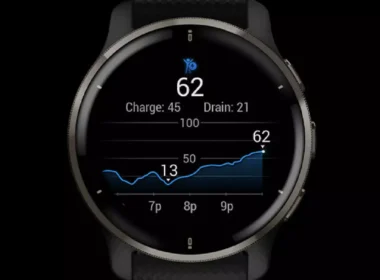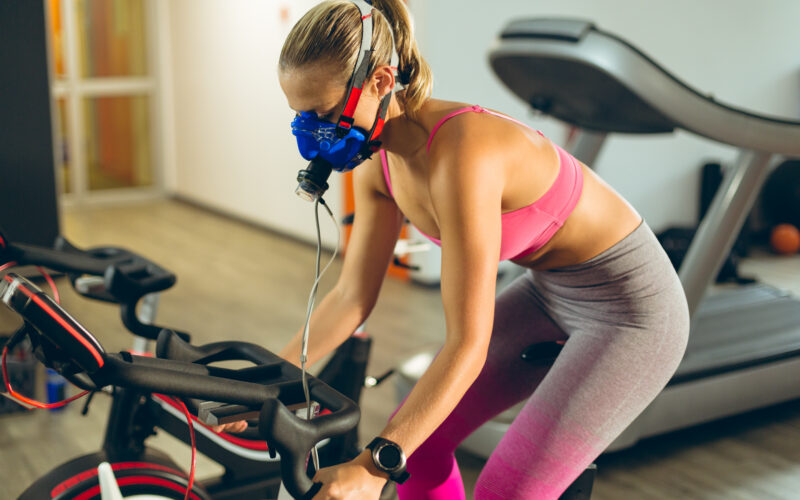Are you curious about accurately measuring your fitness level, enhancing your athletic performance, and understanding your body’s capacity for endurance? The answer lies in the power of VO2 Max testing. This comprehensive guide provides a wealth of information about your aerobic capacity, metabolic health, and can be a game-changer in your fitness journey.
VO2 Max, or maximal oxygen uptake, is the maximum amount of oxygen your body can utilize during intense exercise. It’s often likened to the size of an engine: the larger the engine, the more power it can produce. But why does this matter for you, whether you’re a professional athlete or a fitness enthusiast?
You can learn more about VO2 Max testing from the American Heart Association here.
Understanding Your Body’s Engine
VO2 Max is a measure of endurance that is independent of motivation. It’s a physiological limitation, indicating the limits of a person’s aerobic system. While VO2 Max does not directly determine how fast you can run or how long you can cycle, it provides valuable information about your aerobic capacity. This knowledge can be crucial in tailoring your training to your body’s specific needs and capabilities.
Interestingly, VO2 Max is not just about comparing athletes of different sizes. It’s also about comparing within oneself. For instance, an individual with a lower VO2 Max might be more efficient and faster due to other factors like technique or muscle efficiency.

VO2 Max and Longevity
VO2 Max also correlates with longevity. A study involving a large number of participants revealed a significant reduction in mortality rates for those with above-average fitness levels. The most substantial gap in mortality rates was between the bottom 25% of low fitness individuals and everyone else.
The study found a five-fold difference in mortality rates between those with low and elite fitness levels over a decade. This data underscores the importance of improving fitness levels to reduce mortality risk.
The Value of VO2 Max Testing
So, why should you consider undergoing a VO2 Max test?
Firstly, it provides a benchmark for your health and longevity. Knowing your VO2 Max can help you set realistic fitness goals and monitor your progress over time. It can also help you understand your body’s limitations and how to work within them to avoid injury and overtraining.
Secondly, VO2 Max testing can be a wake-up call for those who need to improve their fitness levels. As the study mentioned above shows, there’s a significant reduction in mortality rates for those who improve their fitness level. High-intensity interval training has been shown to have a significant impact on VO2 Max and aerobic capacity, as demonstrated in this study by the National Institute of Health.”
Lastly, VO2 Max testing is not just for elite athletes. Whether you’re a weekend warrior, a fitness newbie, or a seasoned athlete, understanding your VO2 Max can provide valuable insights into your fitness journey.

VO2 Max Testing and Zone 2 Training
VO2 Max testing is also a powerful tool that helps define your training zones, including the crucial Zone 2. Understanding and training in Zone 2 can bring significant benefits to your fitness and overall health.
What does it mean?
Training in Zone 2 refers to exercising at an intensity where your body is primarily using fat as its energy source. It’s often described as a comfortable pace where you can maintain a conversation without gasping for breath. It’s important to properly warm up and cool down during these sessions, as the Mayo Clinic explains [link below].
The Benefits
Training in Zone 2 has several benefits. Firstly, it improves your body’s ability to use fat as fuel, which is essential for endurance activities. By training your body to be more efficient at using fat for energy, you can preserve your carbohydrate stores for higher intensity workouts, improving your endurance performance.
Secondly, Zone 2 training enhances your mitochondrial efficiency. Mitochondria are the powerhouses of your cells, responsible for producing energy. Regular Zone 2 training can increase the number and efficiency of your mitochondria, leading to improved energy production and overall fitness.
Thirdly, Zone 2 training is sustainable and less likely to lead to overtraining. Because it’s a lower intensity, you can spend more time training in Zone 2 without overly stressing your body. This makes it ideal for building a solid aerobic base, which you can then build upon with higher intensity workouts.
An ideal exercise regimen should include one to one and a half hours of exercise, three to four times a week, with a focus on Zone 2 training. This frequency and duration of exercise can lead to optimal mitochondrial function and overall fitness improvements.
In conclusion, VO2 Max testing can help define your Zone 2, enabling you to train more effectively and efficiently. By incorporating Zone 2 training into your routine, you can improve your body’s energy utilization, enhance your mitochondrial efficiency, and build a strong aerobic base, all of which can contribute to better fitness and health.
VO2 Max testing is a powerful tool that can unlock your athletic potential and contribute to your longevity. It’s not just about being the fastest or the strongest; it’s about understanding your body, improving your health, and ultimately, living a longer, healthier life. So why not give it a try? Your future self might thank you for it.
Whether you’re an elite endurance athlete or just starting your fitness journey, understanding your VO2 Max and training in Zone 2 can provide a wealth of benefits. From improving your cardiovascular fitness and metabolic flexibility to reducing the risk of chronic diseases like heart disease and Alzheimer’s, the power of VO2 Max testing and Zone 2 training can’t be overstated. So, why not take the first step toward unlocking your athletic potential and enhancing your longevity today?
